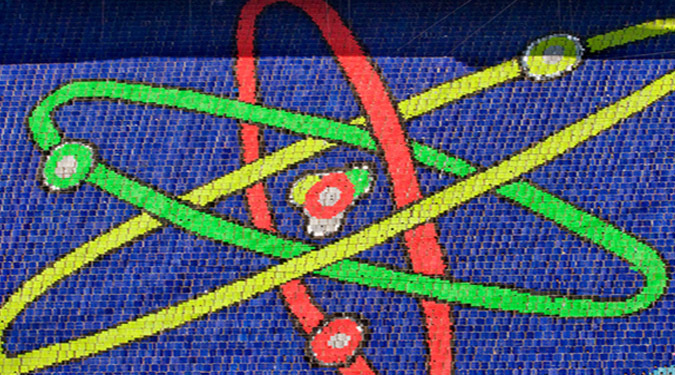About the Author
Bruce Klingner
Bruce Klingner, a senior research fellow for Northeast Asia at the Heritage Foundation’s Asian Studies Center, spent 20 years in the intelligence community, working at the CIA and Defense Intelligence Agency.

Get behind the headlines
|
Analysis Fourth North Korean nuclear test a “dangerous development”Bruce Klingner argues it's time for U.S. to abandon a policy of timid incrementalism  North Korea announced on January 6 that it conducted a successful H-bomb nuclear test of a miniaturized warhead. Prior to the announcement, sensors had detected a 5.1 magnitude seismic event at the same approximate location of North Korea's 2013 nuclear test. Nuclear experts are continuing to analyze the data, but preliminary assessments are that North Korea did conduct its fourth nuclear test. South Korea has convened an emergency cabinet meeting to consider its response. Seismologists can distinguish between natural earthquakes and man-made explosions since each has distinctive characteristics. The South Korean meteorological administration stated, "considering the waveform and the amplitude of the earthquake, it seems certain that it was an artificial quake. [There is] the high possibility of it being a nuke test." An estimated size of the explosion has not been determined nor have radioactive isotopes -- which would confirm a nuclear explosion -- yet been detected. © Korea Risk Group. All rights reserved. |